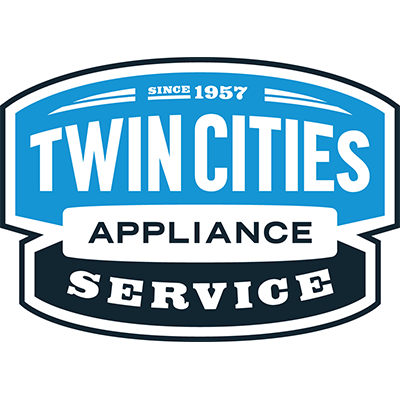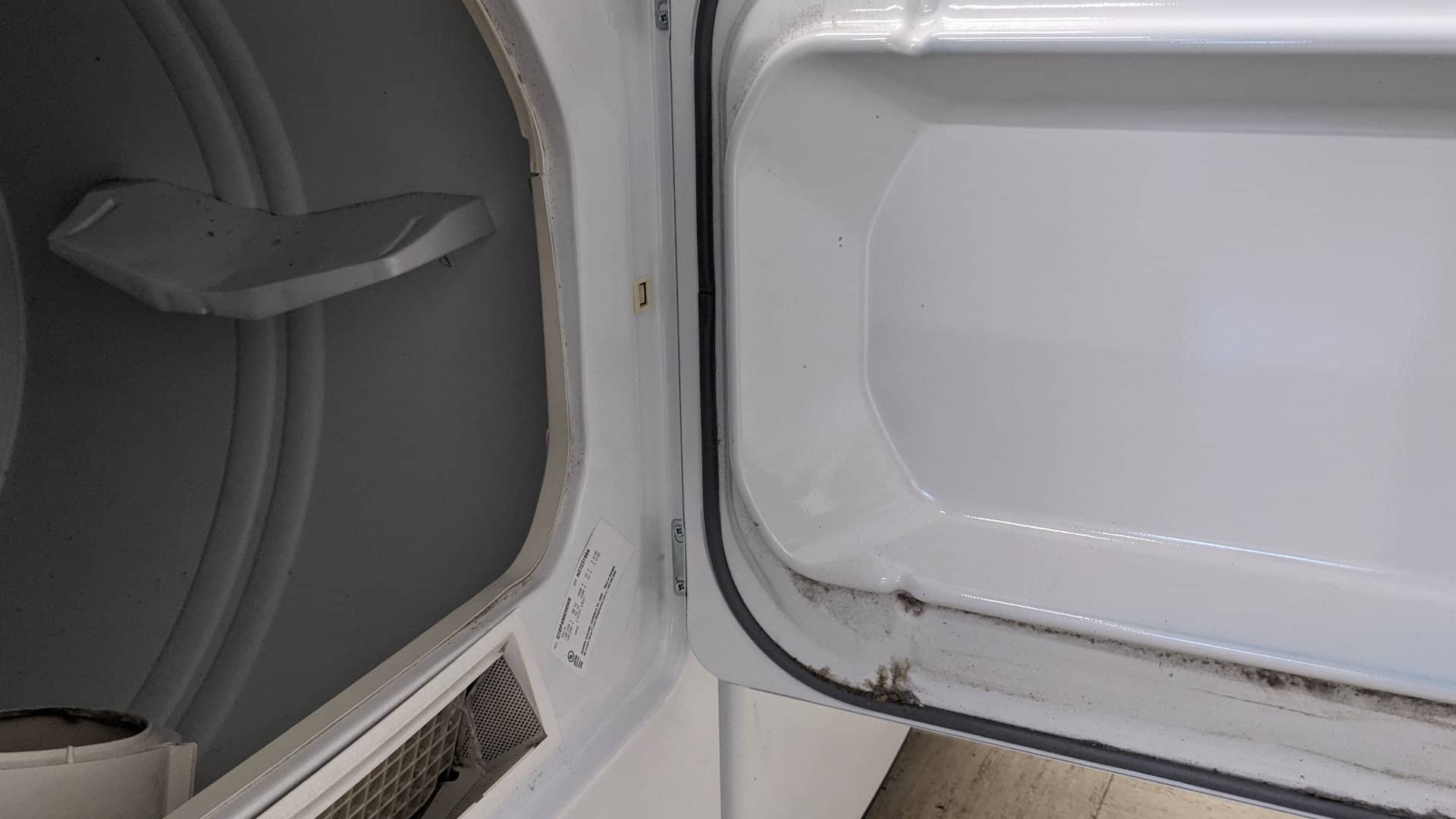
A dryer is an essential household appliance that efficiently dries your laundry. However, if your dryer is overheating, it can damage your clothes and pose a safety risk. Understanding why your dryer is overheating and how to fix it can help you maintain a properly functioning and safe dryer.
Let’s explore the common causes of a dryer overheating and give you the necessary steps to fix it.
Cause 1 – The ventilation is blocked
Blocked ventilation is one of the leading causes of an overheating dryer. When warm air produced by the dryer cannot escape through the ventilation system, it causes the dryer to overheat.
Blockages can occur due to a kink in the dryer’s exhaust hose, lint buildup, pet hair, or clothing obstructing the airflow. Regularly cleaning the lint trap after each cycle is essential to prevent blockages.
To fix:
- Disconnect the dryer from the power source for safety.
- Disconnect the vent hose.
- Use a vacuum cleaner to remove any lint and other debris from the vent hose and the vent connection point on the dryer.
- Ensure the duct flapper is working correctly and is not clogged.
Cause 2 – Faulty heating element
A faulty heating element is another common culprit behind a dryer overheating. If the heating element buckles, becomes dislodged or rubs up against the dryer drum or other components, it can short, causing the dryer to overheat.
To fix:
- Disconnect the dryer from the power source.
- Gain access to the heating element by removing the top and side panels of the dryer.
- Disconnect the power to the heating element by unclipping the wire harness.
- Next, use a multimeter to check for continuity. Test each terminal separately with the multimeter probes. If either terminal lacks continuity, the heating element is defective and needs to be replaced.
Cause 3 – Faulty cycling thermostat
The cycling thermostat plays a crucial role in regulating the heat in the dryer while it’s operating. It tells the control board when to turn the temperature up and down. If the cycling thermostat is defective, your dryer will overheat.
To fix:
- Disconnect the dryer from the power source.
- Locate the cycling thermostat, which is usually found on the blower housing in most models, or near the heat source in others.
- Unscrew the cycling thermostat from the dryer.
- Find the cycling thermostat’s rated temperature (usually between 135-165 degrees Fahrenheit). The rated temperature should be stated on the thermostat.
- Use a multimeter to test for continuity by attaching the probes to the terminals.
- Test its continuity when heated by using a blow dryer. Avoid warming it up too quickly, which may lead to a faulty reading.
- As it heats up, ensure it doesn’t lose continuity before reaching its rated temperature.
- Once you pass the rated temperature, recheck the meter to ensure there is no longer continuity. If the contacts have fused past the rated temperature or there is no continuity, replace the cycling thermostat.
Cause 4 – Faulty high-limit thermostat
The high-limit thermostat is a crucial safety device in a dryer, designed to prevent overheating by cutting off the heat if the temperature becomes too hot. A faulty high-limit thermostat can lead to dryer overheating issues. These thermostats are typically rated to activate at temperatures of 180 degrees Fahrenheit and above.
To fix:
- Disconnect the dryer from the power source to ensure safety during the inspection and repair process.
- Locate the high-limit thermostat, which is near the heating element or on the blower housing.
- Remove the connectors from the high-limit thermostat and carefully take it off the heating element to test it.
- Use a multimeter to test the high-limit thermostat for continuity. Check if there is an uninterrupted flow of electrical current through the thermostat.
- Employ a heat gun or another controlled heat source to test the thermostat’s rated temperature. Heat it gradually to ensure an accurate reading.
- Once the temperature surpasses the rated value, the high-limit thermostat should lose continuity, interrupting the electrical flow. If it fails, the thermostat is likely faulty and you need to replace it.
Cause 5 – Faulty cycling thermostat bias heater
Certain dryers are equipped with a cycling thermostat bias heater, allowing the appliance to use multiple temperature settings with a single cycling thermostat. If this bias heater fails, it can cause lower temperature settings to run too hot.
To fix:
- Disconnect the dryer from the power source for safety purposes.
- Locate the cycling thermostat bias heater, which is built into the cycling thermostat. You need to identify the two smaller terminals on the cycling thermostat.
- Refer to the wiring diagram to find the specific ohm rating of the cycling thermostat bias heater.
- Set a multimeter to read within the bias heater’s ohm range.
- Test the cycling thermostat bias heater with the multimeter. The bias heater needs to be replaced if the reading falls outside the specified ohm range.
Cause 6 – Faulty thermistor
Modern dryers with control boards often feature thermistors, which regulate the temperature along the control board. A faulty thermistor will send inaccurate resistance signals to the control board.
To fix:
- Disconnect the dryer from the power source before testing or repairing.
- Locate the thermistor, typically found on the blower housing.
- Refer to the dryer’s manual for a temperature and ohm reading chart to determine the proper ohm range for the thermistor.
- Test the thermistor with a multimeter, ensuring you test it within the specified ohm range.
- Replace the thermistor if the reading is inaccurate or you do not get a reading. The ambient room temperature can impact the reading, so consider this during testing.
Cause 7 – Faulty blower wheel
The blower wheel helps to circulate air around the dryer and out through the vent. A clogged or faulty blower wheel can restrict airflow, leading to your dryer overheating.
To fix:
- Disconnect the dryer from the power source for safety.
- Locate the blower wheel.
- Check for any obstructions or damage in the blower wheel. Spin it manually to ensure it is functioning correctly.
- If the blower wheel is damaged or not spinning properly, it needs to be replaced.
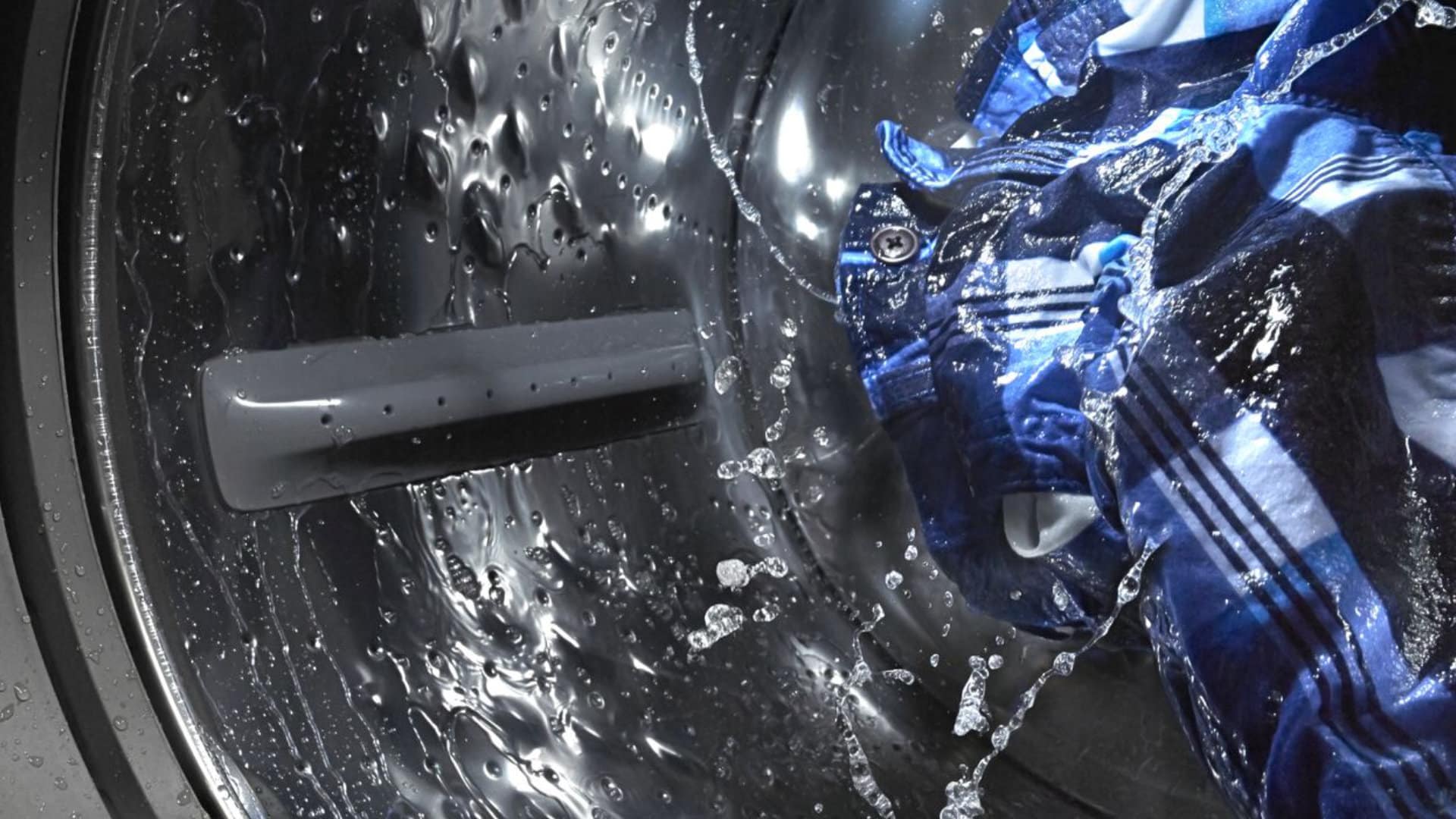
How to Fix the Whirlpool Washer F5 E3 Error Code
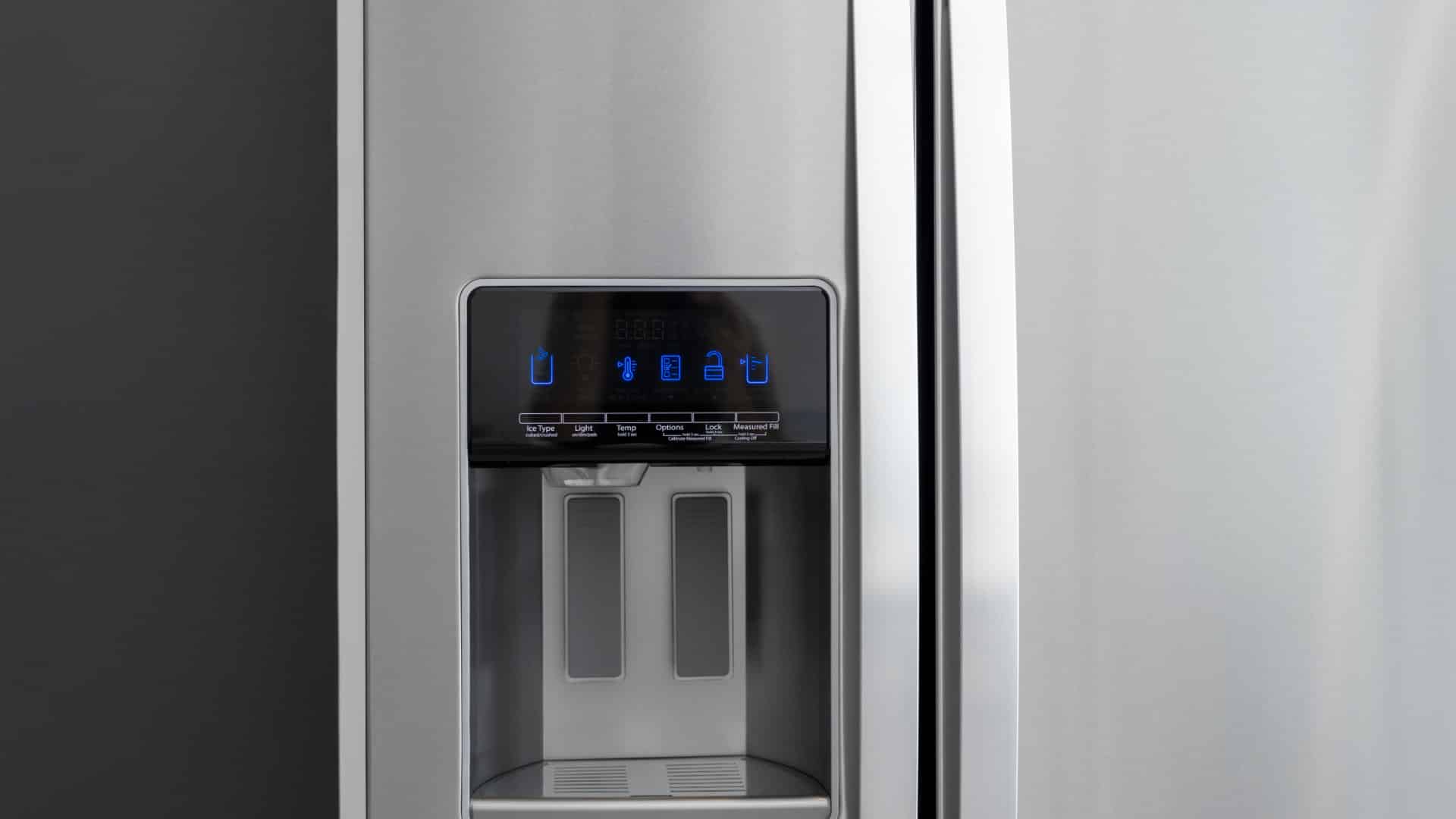
10 Steps to Clean Your Fridge Water Dispenser
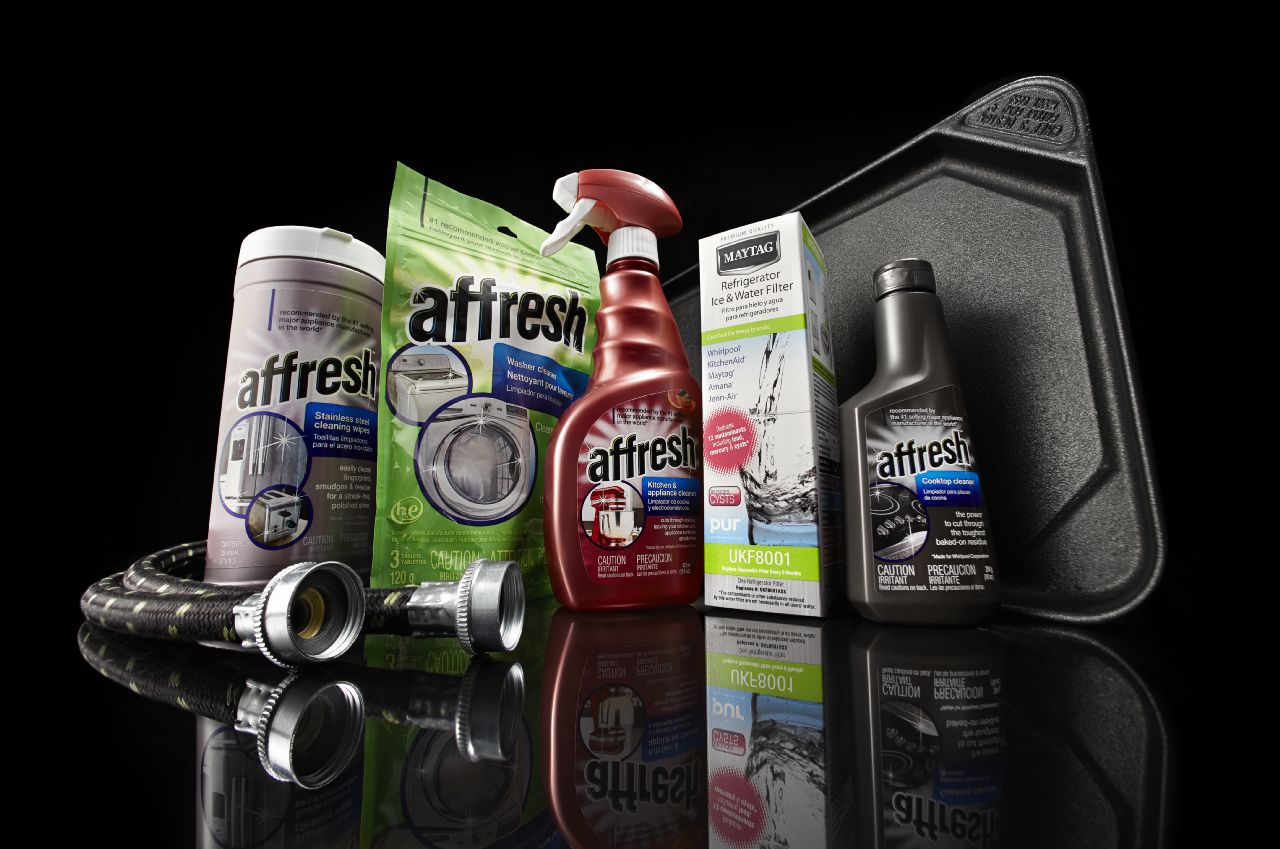
How to Replace a Whirlpool Refrigerator Water Filter
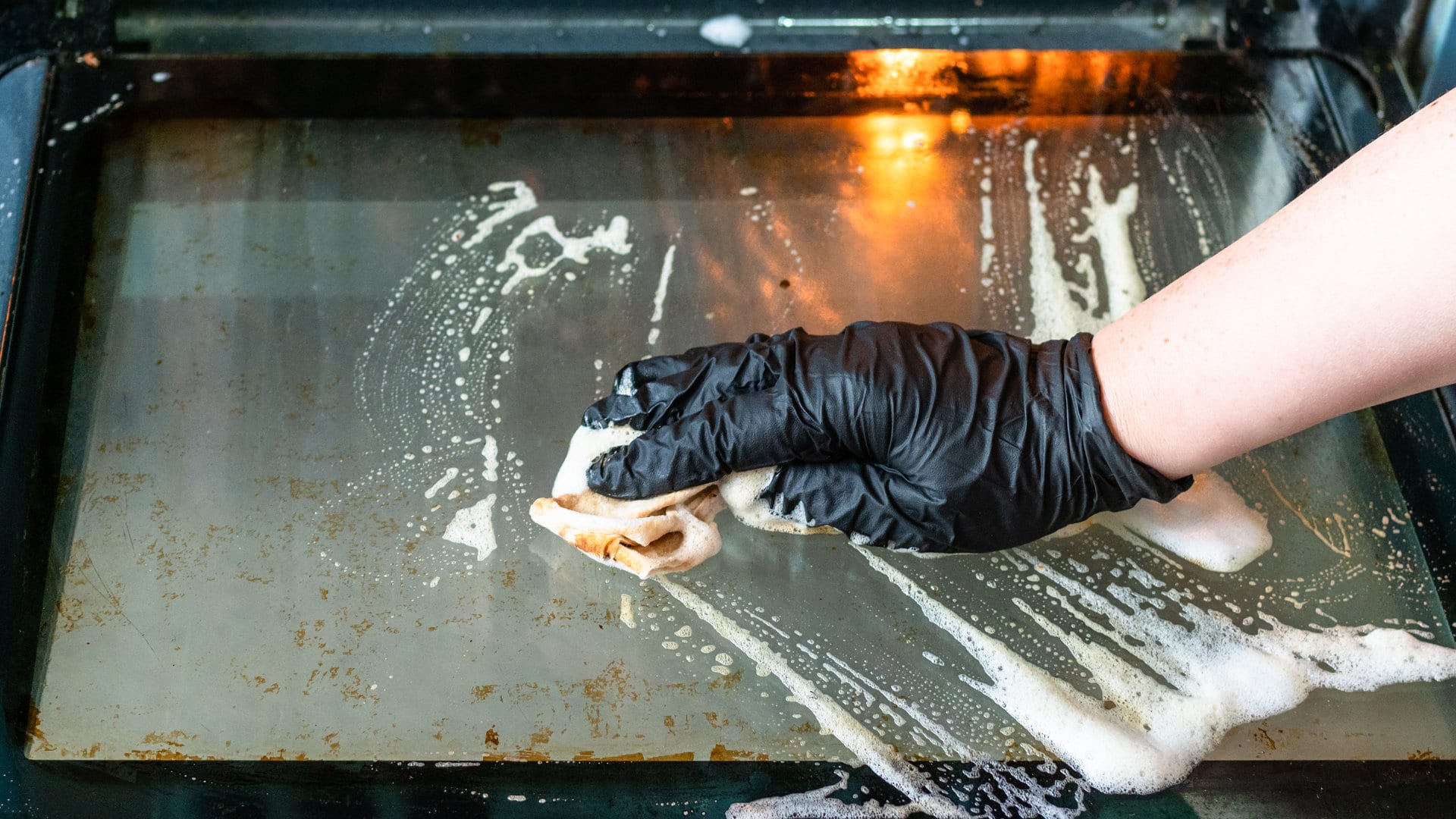
How to Clean an Oven Glass Door (3 Easy Methods)
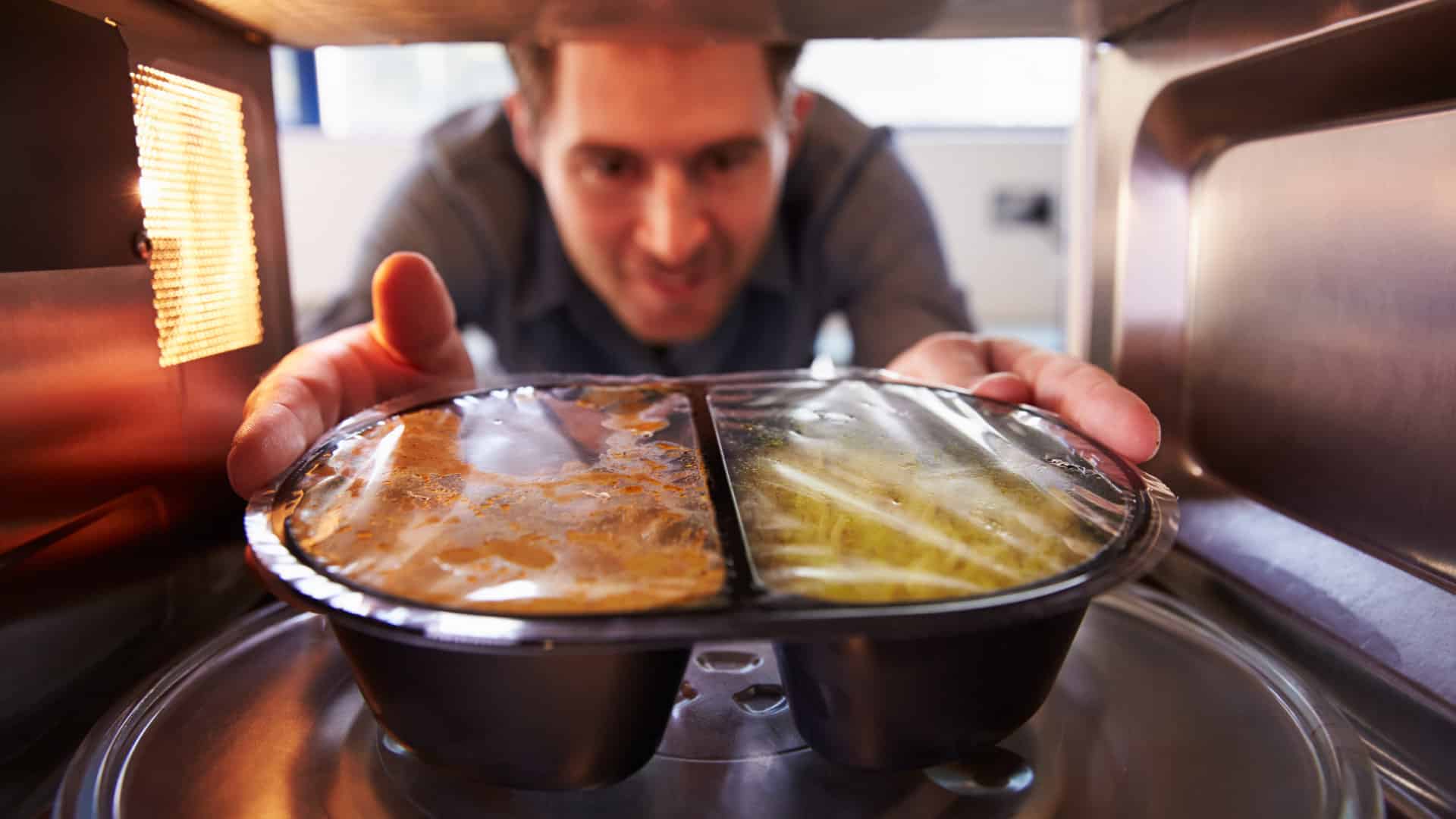
Why Your Microwave Plate Is Not Spinning
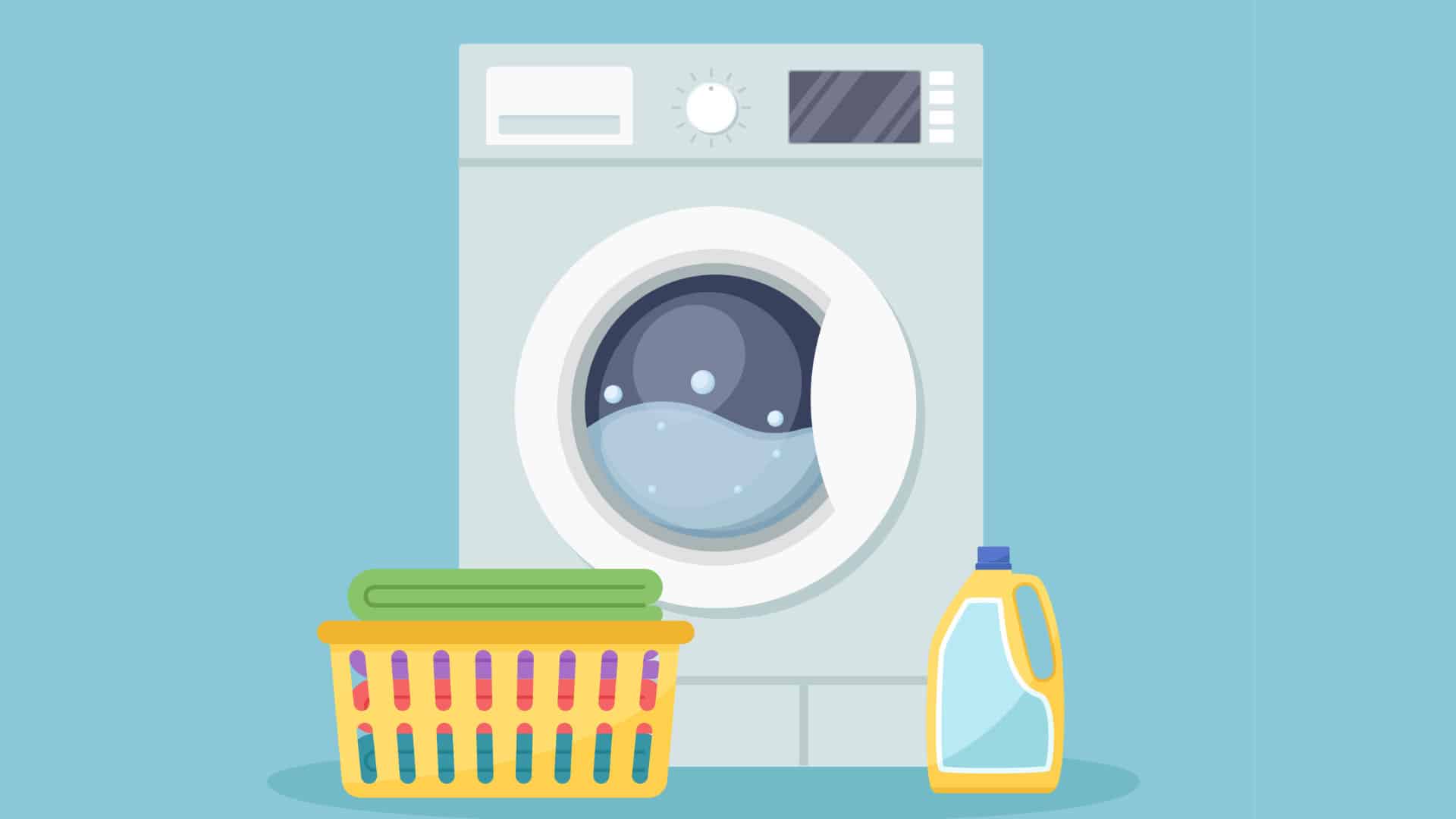
Washer Spin Cycle Not Working? Here’s Why
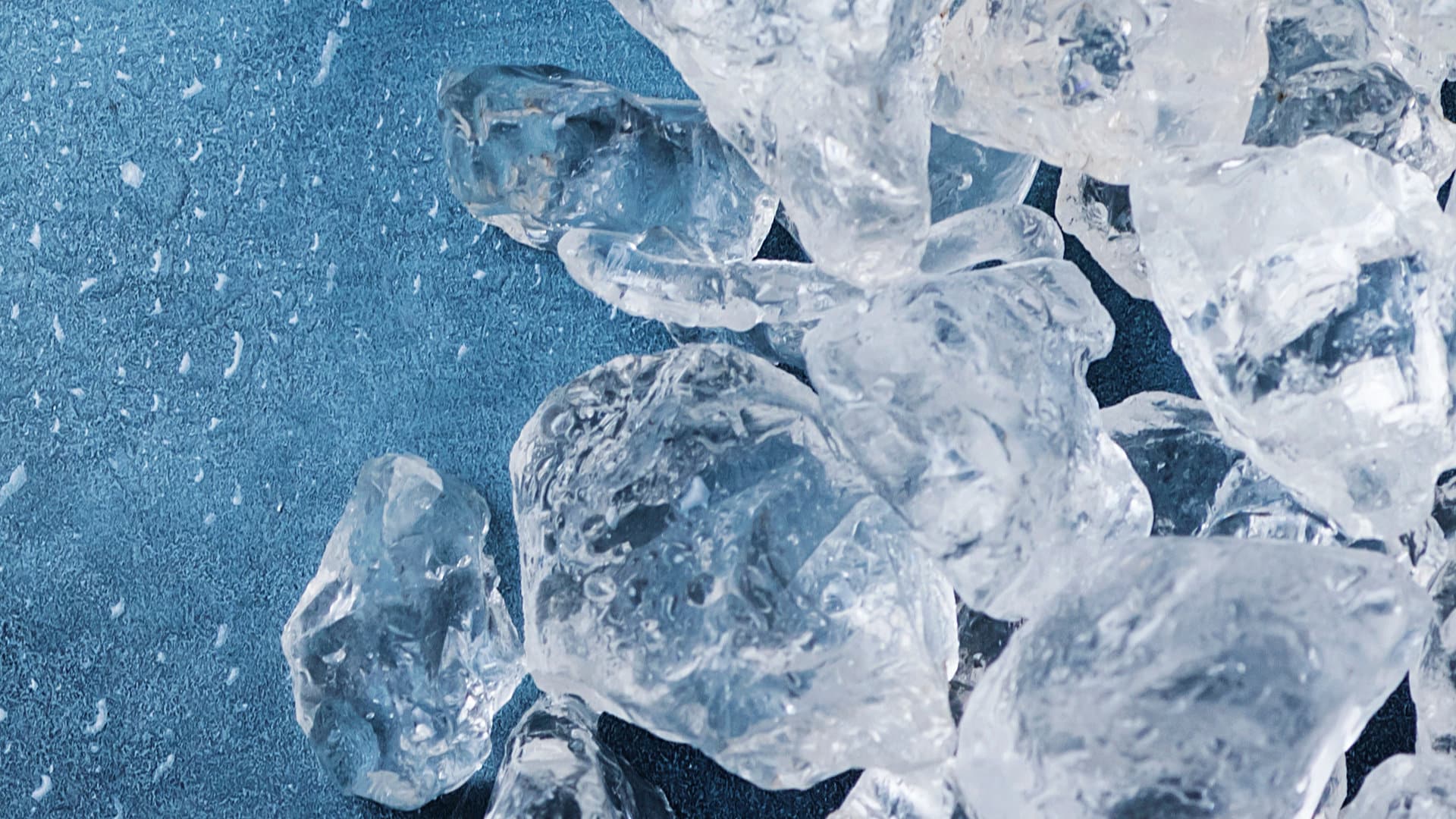
How to Fix a Slow Ice Maker
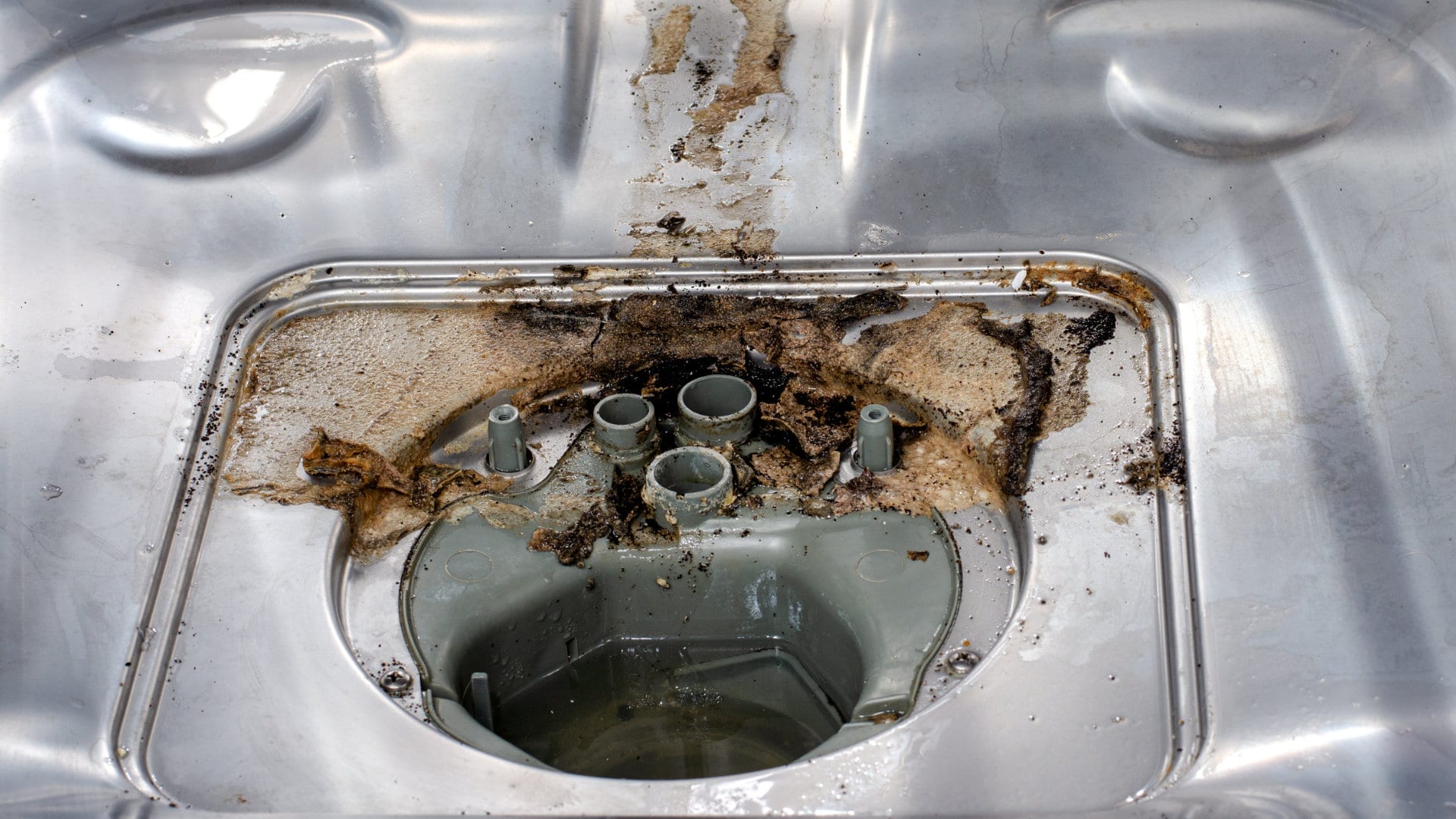
Why Does My Dishwasher Smell like Sewage?

What Causes a Dryer to Overheat? (and How to Fix It)


